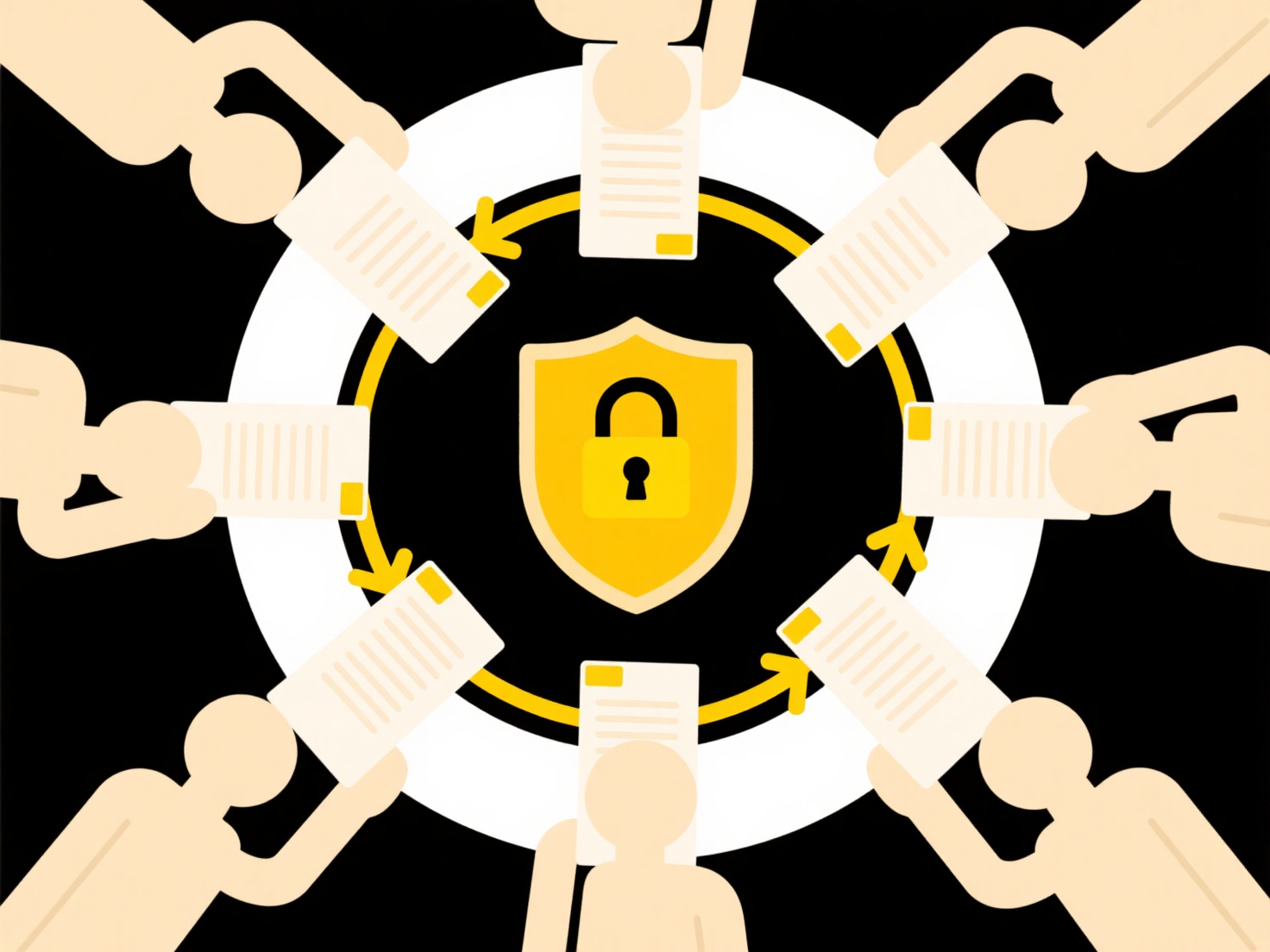
Consolidating files from multiple USB drives means gathering all the data stored on several separate drives and combining it into one central location, typically a folder on your computer's hard drive, an external hard drive, or a large USB drive. This process involves manually copying files from each source USB drive to your chosen central destination. It differs from syncing as the files are moved only once, not maintained in sync across locations; it also requires proactive identification of duplicates to avoid unnecessary copies.
For instance, a photographer might consolidate raw images shot across several USB cards onto their laptop for editing. Alternatively, a field researcher collecting sensor data on different USB drives could copy all .CSV files into a single project folder on a desktop PC or a NAS drive for analysis. Basic tools include Windows File Explorer, macOS Finder, or batch commands; specialized utilities like Beyond Compare or FreeFileSync can manage duplicates and automate transfers.

The primary advantage is centralized access to files, simplifying backup, search, and project work. Limitations include the manual effort involved, potential human error in skipping files, physical constraints like varying drive sizes, and the critical need to check source drive contents before deletion post-transfer. Ethically, ensure you have permission to copy all files, especially when handling others' drives. Future developments may involve more intuitive software wizards specifically targeting USB consolidation tasks.
How do I consolidate files from multiple USB drives?
Consolidating files from multiple USB drives means gathering all the data stored on several separate drives and combining it into one central location, typically a folder on your computer's hard drive, an external hard drive, or a large USB drive. This process involves manually copying files from each source USB drive to your chosen central destination. It differs from syncing as the files are moved only once, not maintained in sync across locations; it also requires proactive identification of duplicates to avoid unnecessary copies.
For instance, a photographer might consolidate raw images shot across several USB cards onto their laptop for editing. Alternatively, a field researcher collecting sensor data on different USB drives could copy all .CSV files into a single project folder on a desktop PC or a NAS drive for analysis. Basic tools include Windows File Explorer, macOS Finder, or batch commands; specialized utilities like Beyond Compare or FreeFileSync can manage duplicates and automate transfers.

The primary advantage is centralized access to files, simplifying backup, search, and project work. Limitations include the manual effort involved, potential human error in skipping files, physical constraints like varying drive sizes, and the critical need to check source drive contents before deletion post-transfer. Ethically, ensure you have permission to copy all files, especially when handling others' drives. Future developments may involve more intuitive software wizards specifically targeting USB consolidation tasks.
Quick Article Links
How do I manage file access for different team members?
File access management controls who can view, edit, or share specific files and folders within a shared storage system (...
What’s the difference between Share and NTFS permissions in Windows?
Share permissions control access to files and folders when accessed over a network share. They act as a gatekeeper, regu...
How do I rename lecture notes from online courses?
Renaming lecture notes involves applying a more structured, consistent naming convention to files downloaded from online...